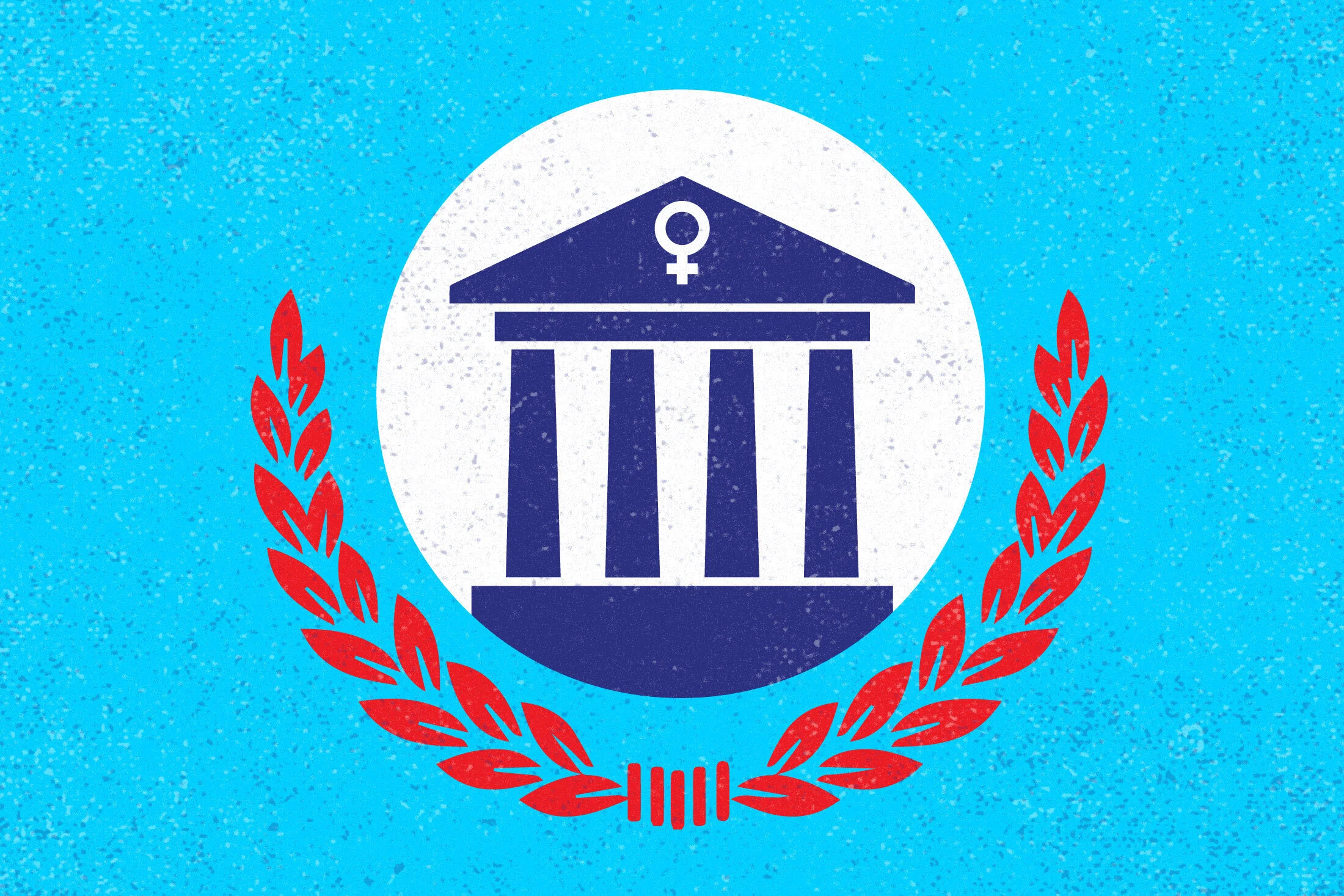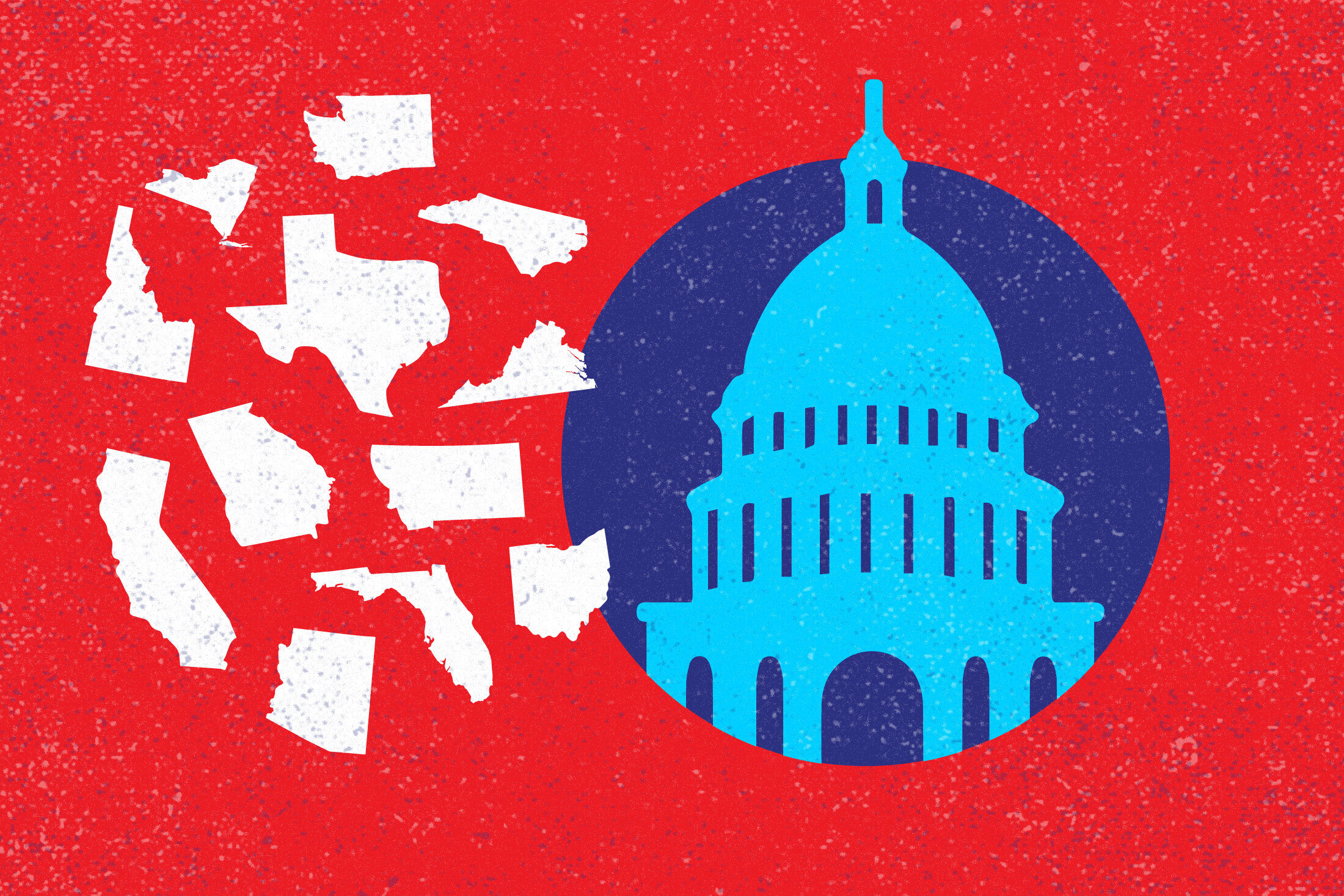Introduction
There are over 500,000 elected officials in the United States to serve almost 100,000 government bodies, and the US federal government employs over 9 million civil servants. There are 1.54 million nonprofits in the US, and they employ roughly 10 percent of the private-sector labor force—a little over 12 million people according to recent estimates.
Each of these individuals and groups* is engaged in politics as a workday endeavor, rather than as a matter of distantly viewed electoral contests, or as a remote war of words between a small handful of high-profile public figures and commentators. When the campaign signs are put away, the news programs turned off, the newspapers sent to the recycle bins, the 9-to-5 business of running political bodies and civil service institutions gets underway.
Politics is its own industry, though it’s not customary to think of it in this way. Like other industries, it has customs and rules built up over time, in what may seem an erratic fashion, to avoid previously identified hazards. Sometimes when the original hazard is vanquished, the old rules may seem quaint, only to be justified all over again when the hazard returns with a loosening of rules.
As an example, when Alexandria Ocasio-Cortez was first elected, and reported having difficulty affording a move to Washington DC and finding a place to stay, at least one generous social media user offered her temporary housing. In ordinary life, this would be simply a kind gesture. It was undoubtedly meant as such. If the incoming congresswoman had accepted it, which she of course did not, it would have been grounds for a bribery investigation. Generations of American politicians considering the potential for misconduct have set up rules against making certain kinds of gifts to serving elected officials—gifts that would be harmless, even kind, in any other context. The rules are different, and expectations must be different.
Politics is the business of figuring out how to get a lot of people to live together with a minimum of trouble. As people are so good at making trouble for each other even when we may not mean to, this is difficult. It’s common to get lost studying the intricacies of a political problem that you hadn’t thought about much before, find yourself coming to a place of more respect for the people who tried to solve it before (even if they failed), and gain a more full understanding of the constraints of political support and limited information under which they operated.
In a classic 1919 lecture aptly titled, “Politics as a Vocation,” the German sociologist Max Weber laid out a still-familiar litany of irrational, and sometimes irreconcilable social ethics concerns, and summed up the business of dealing with them politically: “Politics is a strong and slow boring of hard boards.” Weber said this at a time when much of the industrializing world was struggling with a changeover from seeing nations as essentially the very large estates of royal and noble families, to seeing them as modern nation states that properly belonged to their citizens.
Weber made the point in his lecture that the business of politics could either be carried out by the independently wealthy, or by people steadily employed to manage public affairs, but that either method ran the risk of being used as a spoils system to reward the people in power at the moment. A century later, in an era where large majorities of people grew up expecting the kind of competent, professional civil service that was just getting going in Weber’s time, it’s easy to forget what a difficult road it was to get to where we are.
We developed the following civics curriculum as a roadmap to political engagement for when the last campaign rally has ended and new legislators are being sworn in all across the country. Once voters decide who to put in charge of public affairs, when donors and volunteers have decided which nonprofits to give their resources and attention to, how does the ordinary citizen best go about trying to change things for the better? We wanted to put in one place many of the things we and others have found ourselves struggling to remember from high school history classes or needing to look up when we learn about some new law, policy, or rule change in the media.
Who do I talk to about this rule, how it should be, or how it’s going wrong? Who was responsible for it? Who can change it? How should it be changed? What problem was it designed to avoid? What might be affected if it’s simply removed?
We found the process of organizing this information very helpful to us. We share it with our members in hopes that it will be similarly helpful to all of you as we face the struggles to come.
In solidarity,
Natasha Chart
Executive Director, WoLF (2018-2021)
* For an idea of how big an organizational task it can be to make political change, see our Scales Of Society charts [PEOPLE | MONEY]. Laid out according to powers of ten, these charts help put numbers to how many people are involved in the political process, or are organized in different ways throughout society, and the relative scope of their economic activity or influence.










